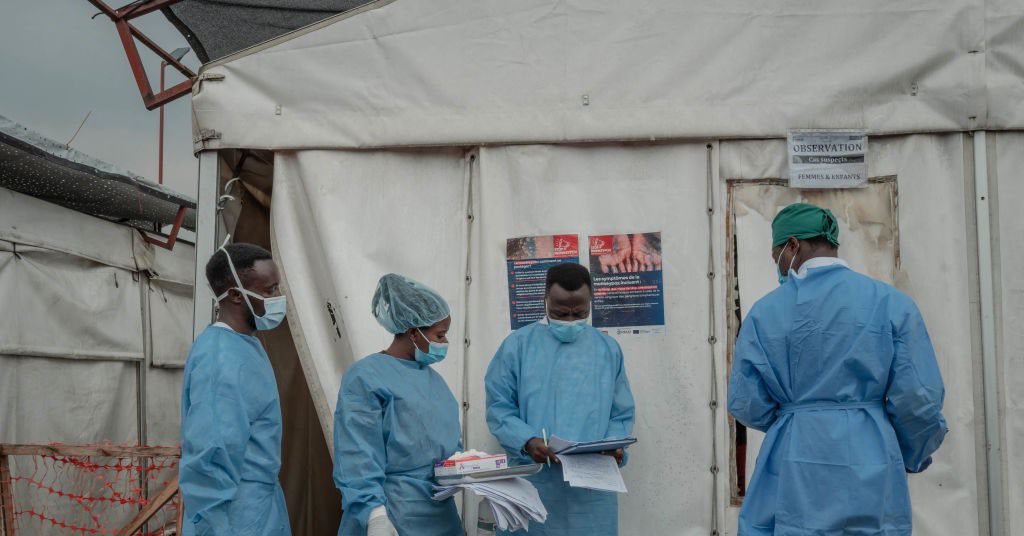
A novel illness exhibiting symptoms similar to Ebola has surfaced in the Democratic Republic of the Congo. The World Health Organization reported the initial detection on January 21, and within five weeks, hundreds have been diagnosed, leading to over 50 fatalities in the country’s northwest region. Health authorities are currently investigating the source of this illness.
Preliminary research indicates that the outbreak originated in Boloko village, where three children died shortly after consuming bat carcasses. Infected individuals exhibit symptoms such as fever, headaches, diarrhea, nosebleeds, and vomiting blood—symptoms that align with those seen in diseases like Ebola and Marburg. However, after analyzing more than a dozen samples from potential cases, experts have dismissed these viruses as potential causes.
In early February, authorities identified a second cluster of cases in Bomate village, located several hundred kilometers away, although no connection between the two clusters has been established. As of February 15, the WHO reported a total of 431 suspected infections, resulting in 53 deaths. Alarmingly, the average time from the appearance of symptoms to death has been merely 48 hours in many instances.
Samples from 18 suspected cases have been forwarded to the National Institute for Biomedical Research in Kinshasa, the capital of the DRC. These samples have tested negative for the usual pathogens associated with hemorrhagic fever, although some were positive for malaria. “The precise cause remains unidentified; with Ebola and Marburg ruled out, there are rising concerns regarding a dangerous infectious or toxic agent,” the WHO noted in its latest update, emphasizing the urgent necessity for enhanced laboratory investigations, better management and isolation protocols for the infected, and increased surveillance and risk communication. “The remote nature of the affected area and the inadequate health care infrastructure heighten the risk of further disease transmission, necessitating immediate and high-level intervention to manage the outbreak.”
The occurrence of disease outbreaks resulting from zoonotic spillover—where pathogens jump from animals to humans—has been rising in Africa. Key factors contributing to this trend include shifts in land use and climate change, which elevate contact between humans and wildlife that carry pathogens. According to estimates from the WHO, the rate of diseases transmittable from animals to humans in Africa surged by 63 percent from 2012 to 2022. The continent has also faced numerous outbreaks of mpox along with clusters of Ebola and Marburg cases in recent years.
In late 2022, another unexplained illness claimed the lives of over 70 individuals in the southwest region of the DRC, with many of the victims being children. Symptoms presented in that outbreak resembled those of the flu, with most patient samples testing positive for malaria. This outbreak was eventually linked to respiratory infections exacerbated by malaria.
This article originally appeared in WIRED Italia and has been translated from Italian.









